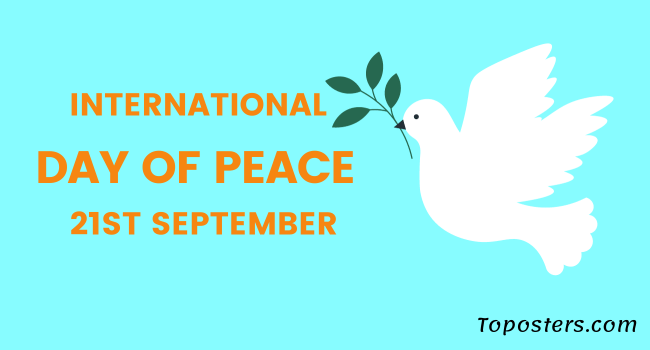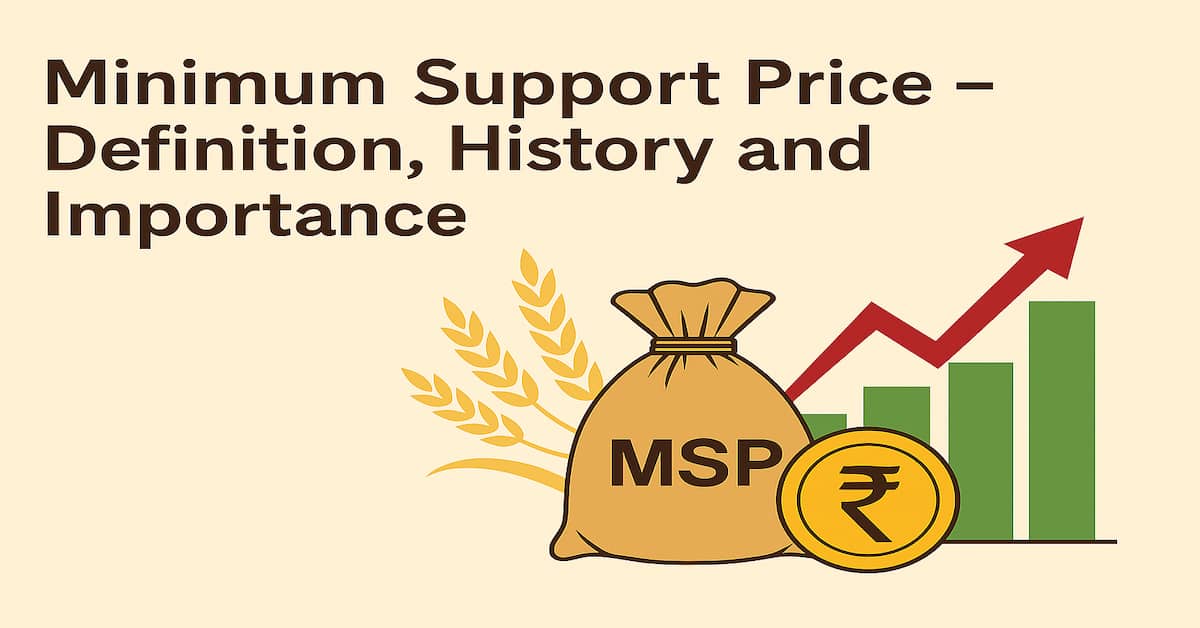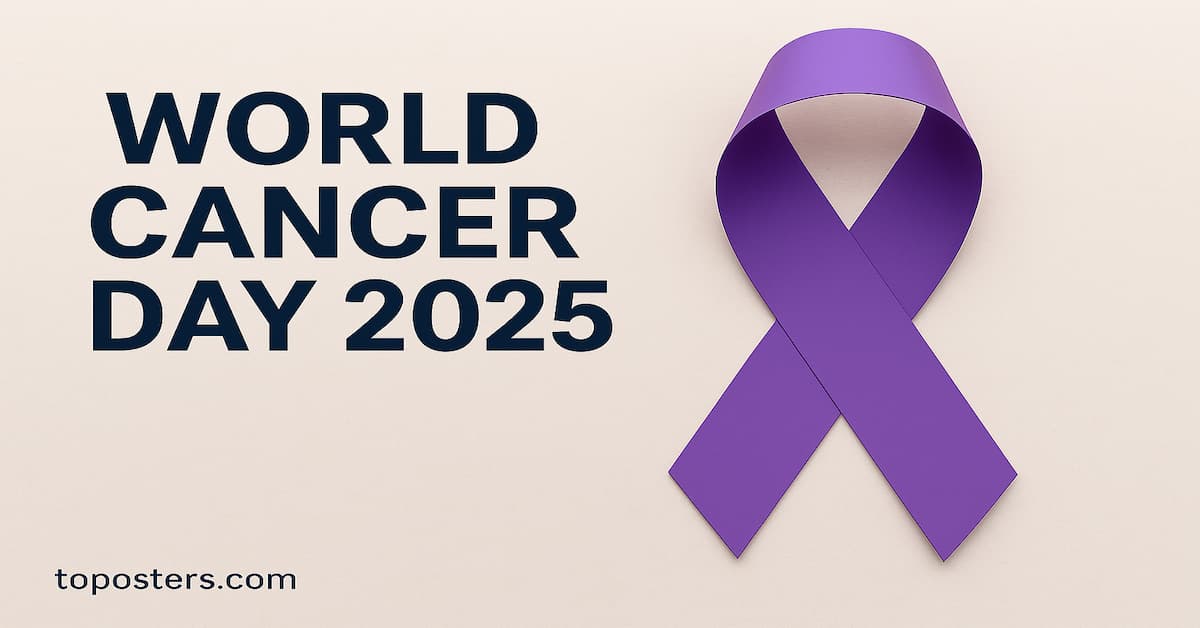The International Day of Peace is observed around the world each year on September 21st. Established in 1981 by the United Nations General Assembly, Peace Day provides a globally shared date for all humanity to commit to Peace above all differences and to contribute to building a Culture of Peace.
In a world often marked by turmoil and discord, the International Day of Peace stands as a poignant reminder of our shared aspiration for a more harmonious and peaceful planet.
Table of Contents
In 2023, as we commemorate the International Day of Peace, we are presented with a unique opportunity to assess the progress made in the pursuit of global tranquillity and to recommit ourselves to the noble goal of peace.

International Day of Peace: Origin of the Idea
The origins of the International Day of Peace can be traced back to the aftermath of World War II. The devastation caused by the war, including the use of atomic bombs on Hiroshima and Nagasaki in 1945, raised global awareness about the catastrophic consequences of armed conflicts. People around the world began to advocate for lasting peace and the prevention of further conflicts.
The First International Day of Peace
The first official International Day of Peace was celebrated on September 21, 1981. This date was chosen because it coincides with the opening session of the UN General Assembly, which takes place annually in September. The General Assembly passed Resolution 36/67, declaring that the third Tuesday in September each year would be the International Day of Peace. This resolution was intended to provide an opportunity for all nations to commit to a day of global ceasefire and non-violence.
Theme for International Day of Peace 2023
The theme for International Day of Peace 2023 is “Actions for Peace: Our Ambition for the #GlobalGoals.” This theme recognizes that peace is essential for achieving the Sustainable Development Goals (SDGs), which are a blueprint to create a better and more sustainable future for all.
The theme of this year’s International Day of Peace is particularly important because it comes at a time when the world is facing many challenges, including conflict, climate change, and inequality. These challenges are interconnected and they all pose a threat to peace and security.
Sustainable Development Goals (SDGs)
The Sustainable Development Goals (SDGs) are a set of 17 goals that aim to create a more peaceful, just, and sustainable world for all. The SDGs are interconnected and they all play a role in peacebuilding. For example, SDG 16, which aims to promote peace, justice, and strong institutions, is essential for achieving all of the other SDGs.
These Sustainable Development Goals (SDGs) serve as a comprehensive roadmap for building a more equitable and environmentally sound future. They tackle the pressing global issues of poverty, inequality, climate change, environmental degradation, and the promotion of peace and justice. These 17 interconnected Goals are vital to ensure that no one is left behind, and our collective commitment is to accomplish all of them by 2030. To delve deeper into each specific Goal and take meaningful action, click on your preferred Goal below.
Here are some specific ways that we can take action for peace in line with the SDGs:
SDG 1: No Poverty: We can take action to end poverty by supporting programs that provide education, healthcare, and economic opportunities to people in need. SDG 2: Zero Hunger: We can take action to end hunger by supporting programs that provide food to people in need and by advocating for policies that promote sustainable agriculture. SDG 3: Good Health and Well-Being: We can take action to improve health and well-being by supporting programs that provide healthcare to all, by promoting healthy lifestyles, and by advocating for policies that protect the environment. SDG 4: Quality Education: We can take action to ensure quality education for all by supporting programs that provide access to education for all children and adults, and by advocating for policies that promote inclusive and equitable education. SDG 5: Gender Equality: We can take action to achieve gender equality by supporting programs that promote women's rights and empowerment, and by advocating for policies that eliminate discrimination against women. SDG 6: Clean Water and Sanitation: We can take action to ensure access to clean water and sanitation for all by supporting programs that provide clean water and sanitation to people in need, and by advocating for policies that protect water resources. SDG 7: Affordable and Clean Energy: We can take action to ensure access to affordable and clean energy for all by supporting programs that provide access to energy to people in need, and by advocating for policies that promote renewable energy. SDG 8: Decent Work and Economic Growth: We can take action to promote decent work and economic growth for all by supporting programs that create jobs and opportunities, and by advocating for policies that promote sustainable economic growth. SDG 9: Industry, Innovation and Infrastructure: We can take action to promote sustainable industrialization, innovation, and infrastructure by supporting programs that invest in sustainable technologies and infrastructure, and by advocating for policies that promote sustainable development. SDG 10: Reduced Inequalities: We can take action to reduce inequalities within and between countries by supporting programs that promote social justice and equality, and by advocating for policies that reduce poverty and inequality. SDG 11: Sustainable Cities and Communities: We can take action to build sustainable cities and communities by supporting programs that provide affordable housing, public transportation, and access to green spaces, and by advocating for policies that promote sustainable urbanization. SDG 12: Responsible Consumption and Production: We can take action to ensure sustainable consumption and production by reducing our consumption of resources, recycling and composting, and supporting businesses that are committed to sustainability. SDG 13: Climate Action: We can take action to address climate change by reducing our carbon footprint, supporting renewable energy, and advocating for policies that promote climate action. SDG 14: Life Below Water: We can take action to protect and conserve marine life by reducing our plastic consumption, supporting sustainable fishing practices, and advocating for policies that protect marine ecosystems. SDG 15: Life on Land: We can take action to protect and conserve terrestrial life by reducing our deforestation, supporting sustainable agriculture, and advocating for policies that protect forests and other ecosystems. SDG 16: Peace, Justice and Strong Institutions: We can take action to promote peace, justice, and strong institutions by supporting programs that promote human rights and the rule of law, and by advocating for policies that reduce violence and corruption. SDG 17: Partnerships for the Goals: We can take action to achieve the SDGs by working together with others, including governments, businesses, and civil society organizations. We can do this by volunteering our time, donating to charities, and advocating for policies that support sustainable development.
Actions for Peace
There are many things that we can all do to promote peace on the International Day of Peace and throughout the year. Here are some ways to take action for peace on the International Day of Peace and beyond:
- Learn about the root causes of conflict. The first step to promoting peace is to understand the factors that contribute to conflict. Once we understand the root causes of conflict, we can start to develop strategies to address them.
- Support peacebuilding organizations. There are many organizations that are working to build peace around the world. We can support these organizations by donating our time or money.
- Advocate for nonviolent conflict resolution. Nonviolent conflict resolution is a way to resolve conflict without resorting to violence. We can advocate for nonviolent conflict resolution by educating others about its importance and by supporting organizations that are working to promote it.
- Become a peacemaker in your own community. There are many ways to promote peace in our own communities. We can start by being kind and respectful to others. We can also volunteer our time to help others in need.
- Support organizations that are working to achieve the SDGs and build peace. There are many great organizations working to make the world a better place. Donate your time or money to support their efforts.
- Speak out against violence and injustice. When we see something wrong, we have a responsibility to speak out against it. This can be done through our personal relationships, social media, or public activism.
- Be a peacebuilder in your own community. We can all build peace in our own communities by being kind and compassionate to others, and by resolving conflicts peacefully.
Here are some specific examples of actions for peace that you can take:
- Volunteer with a local organization that is working to promote peace and justice.
- Organize a community peace event, such as a vigil, walk, or interfaith dialogue.
- Start a conversation about peace with your friends and family.
- Write a letter to your elected officials urging them to support policies that promote peace and development.
- Donate to a charity that is working to build peace in a conflict zone.
- Hold a moment of silence for all victims of war and violence.
- Plant a peace tree or plant flowers in your community.
- Read poems and stories about peace to your children or grandchildren.
- Organize a peace education workshop or seminar.
- Screen a documentary about peace building or conflict resolution.
- Host a potluck dinner or other social event where people from different backgrounds can come together and celebrate peace.
No matter how small, every action for peace makes a difference. By working together, we can create a more peaceful world for everyone. By taking action for peace and sustainable development, we can create a better future for all.
Conclusion
On the International Day of Peace, we can all commit to taking action for peace. We can do this by learning about the root causes of conflict, supporting peace-building organizations, advocating for nonviolent conflict resolution, and becoming peacemakers in our own communities. We can also take action to achieve the SDGs, which are interconnected and all play a role in peace-building.
As we celebrate the International Day of Peace in 2023, let us take a moment to reflect on the world we want to leave for future generations. It is a world in which differences are celebrated, conflicts are resolved through dialogue, and the well-being of all people is safeguarded. It is a world where peace reigns supreme.
The International Day of Peace is a day to reflect on the importance of peace and to commit to taking action to build a more peaceful world. By working together, we can create a future where everyone can live free from fear and violence.
Important Tags – International Day of Peace, Theme for International Day of Peace 2023



